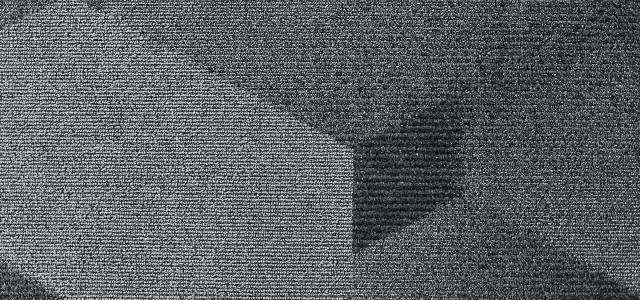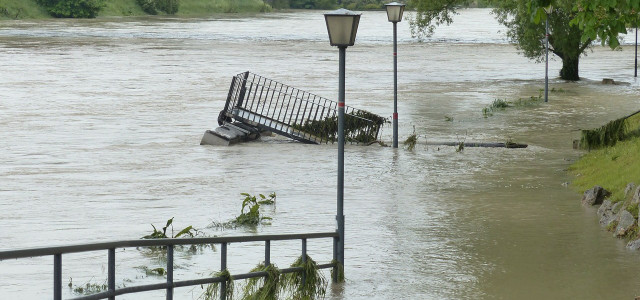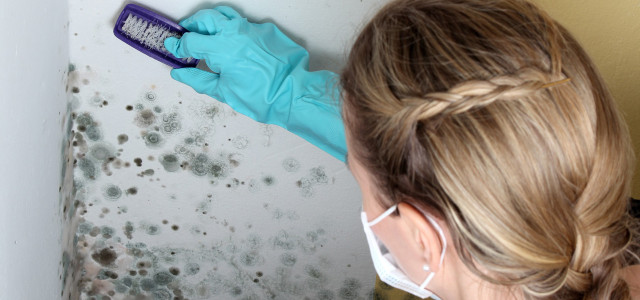If your carpet gets wet, it's best to act quickly so that mold doesn't have a chance to grow. Learn how to dry wet carpet using just four simple and easy methods.
Dealing with wet carpets can be a tad stressful. A worst-case scenario may mean replacing the carpet entirely, which is going to be costly and time-consuming. But before taking more drastic action, learn how to dry wet carpet using sustainable methods and minimize water damage in the process.
Keep in mind that if a carpet has been wet for three days or more thanks to severe flooding, replacing it will sadly be unavoidable. This is especially so if your carpet has added layers of padding underneath it. Mold can quickly form and spread, and can be incredibly difficult to clean thoroughly after that time.
In the case of more catastrophic black water flooding (that is water contaminated by sewage, road thaw, or drainage) you will need to replace the carpet, because it might have been exposed to toxins. The money you think you might be saving in keeping your carpets is not really worth endangering your health.
Dealing With Wet Carpet
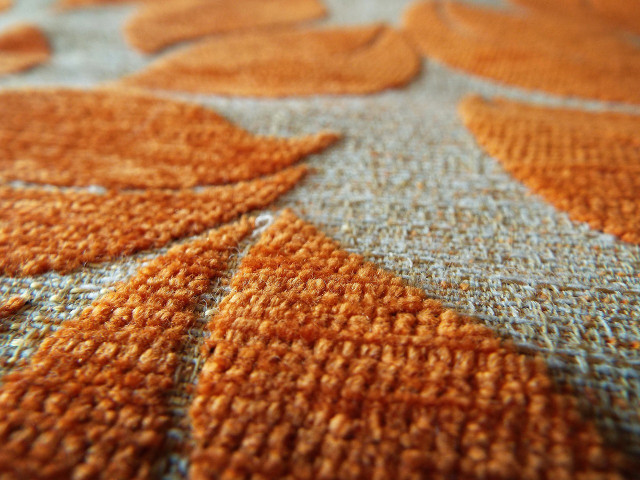


(Foto: CC0 / Pixabay / Frantisek_Krejci)
Unless you are knee deep in water due to some sort of natural or homemade disaster, your wet carpet is almost certainly salvageable and safe to treat yourself. In most cases, you will only be dealing with small isolated wet spots that can easily be dried.
However, if you have had your carpet professionally cleaned, it may still be damp to the touch afterward and will typically need 6 to 12 hours to completely dry. It could even take your wet carpet an entire day to properly dry depending on the time of year it was cleaned – air circulation (or lack thereof), humidity and temperature in your home could even lead to the development of an unpleasant smell or mold.
In any case, by following these four simple, stress-free methods, you should be able to dry your carpet without the need for energy intensive heavy equipment or buying new carpets.
How to Dry Wet Carpet: 4 Easy Methods
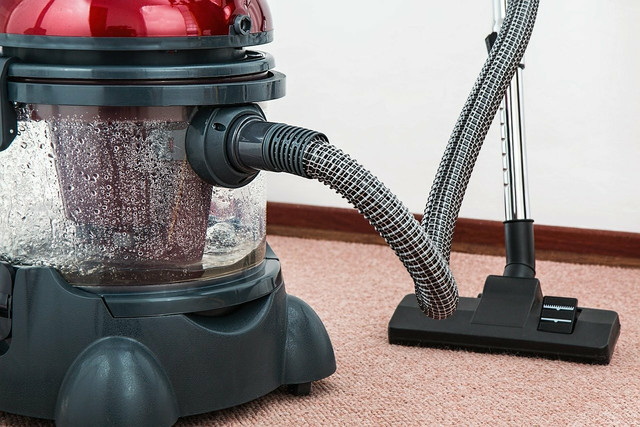


(Foto: CC0 / Pixabay / stevepb)
For small spills, your first instinct will be to reach for the fan or dehumidifier to help in evaporating water soaked into the carpet. This approach is ideal for those living in cold or humid areas, since the circulating air in your home will likely not aid in drying your carpet naturally. But even before you do this, you will need to soak up the excess moisture with some towels.
1. Use Some Towels
- All you need is some absorbent towels (either recycled paper towels or even some thick reuseable dish cloths) and spread them over the affected area.
- A good tip to help the towels soak up water in your carpet pile is to walk back and forth over the affected area until the towels are completely saturated.
- Take these towels away and replace them with dry towels in the same area if needed, and keep doing this until the area of the carpet is dry to the touch.
2. Natural Air Drying
- After mopping up the excess moisture using towels, if the weather is warm, try opening any nearby windows and doors and allow humidity to escape. This will also aid in circulating air over your wet carpet, helping with the evaporation process.
- Where possible, you should still check underneath the carpet to make sure the carpet padding and the floor itself are not sopping wet and deal with any remaining water accordingly.
3. Vacuum The Wet Carpet
Important note! DO NOT do this with your regular home vacuum cleaner, you need a model that is designed specifically to suck up water – make sure it is approved for wet vacuuming.
- Sprinkle some baking soda on the damp patch. This will help absorb some of the moisture, as well as any odors.
- Vacuum the carpet with the wet vacuum cleaner until all the water has been removed. Keep an eye on the fill tank and make sure you dump it before it starts to overflow.
- Encourage the remaining moisture to evaporate by opening windows (weather permitting) to allow some good airflow over and around the affected area.
4. Fans & Dehumidifiers
If you don’t live in an area that enjoys a warmer climate year round, opening windows is really not going to aid in drying wet carpets. In this case, you might have to resort to using ceiling fans, household fans, your hairdryer, or even a dehumidifier if you own one.
- After using towels to soak up as much water as possible, take your fan or hairdryer and point it towards the wet carpet until it begins to dry. If using a hairdryer, be sure not to hold it too close to the carpet to avoid scorching it.
- Again, you’ll need to check underneath the carpet to make sure that the floor and carpet padding are not still sopping wet and soak up the excess where possible.
Read more:
- Baking Soda Carpet Cleaner: A Simple DIY Recipe
- How to Dry Shoes: 2 Sustainable Methods
- How to Clean a Wool Rug: A Step-By-Step Guide
Important Information regarding Health-related Topics.
** Links to retailers marked with ** or underlined orange are partially partner links: If you buy here, you actively support Utopia.org, because we will receive a small part of the sales proceeds. More info.Do you like this post?






